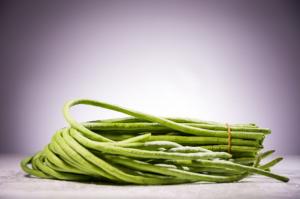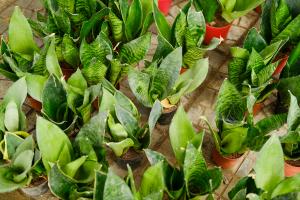What Kind of Potting Soil is Best for Indoor Plants?
When it comes to growing plants indoors, one of the most crucial factors in their success is the type of potting soil you choose. Indoor plants need a specific type of soil that can provide them with the right amount of nutrients, moisture, and drainage. In this article, we will discuss the different types of potting soil available for indoor plants and which ones may be best for your specific needs.
Basic Requirements of Indoor Plant Soil
Before we dive into specific types of potting soil, it's important to understand the basic requirements of indoor plant soil. First, it should provide proper aeration and drainage to prevent waterlogging of plant roots. Second, it needs to retain moisture to ensure that the roots are consistently hydrated. Third, it should be rich in nutrients to support the plant's growth, health, and flowering. Finally, it should be free of disease, pests, and weeds to prevent damage or death to the plant.
Types of Potting Soil for Indoor Plants
1. Peat Moss-Based Soil: This type of soil is made from peat moss, vermiculite, and perlite. It is lightweight and porous, which allows for adequate drainage, aeration, and moisture retention. It is ideal for plants that require constantly moist soil, such as ferns and tropical plants. However, it is not suitable for plants that prefer drier soil, such as succulents.
2. Coir-Based Soil: Coir is a byproduct of coconut processing and is used as a replacement for peat moss in potting soil. Coir-based soil is similar to peat moss-based soil in terms of its ability to provide aeration, drainage, and moisture retention. However, it is more sustainable and environmentally friendly than peat moss-based soil. It is suitable for a wide range of indoor plants, including succulents and cacti.
3. Perlite-Based Soil: Perlite is a volcanic rock that has been treated with heat to make it lightweight and porous. It is often mixed with other types of soil to improve drainage, aeration, and moisture retention. It is ideal for plants that require well-draining soil, such as cacti and succulents. However, it may not be suitable for plants that require constantly moist soil.
4. Vermiculite-Based Soil: Vermiculite is a mineral that is treated with heat to make it porous and lightweight. It is often used in potting soil to improve moisture retention and aeration. It is suitable for plants that require constantly moist soil, such as ferns and tropical plants. However, it may not be ideal for plants that require well-draining soil.
Factors to Consider When Choosing Potting Soil
When choosing potting soil for your indoor plants, there are several factors to consider:
- Plant Type: Different types of plants have different soil requirements. Choose a potting soil that is ideal for the specific type of plant you are growing.
- Watering Frequency: If you tend to overwater your plants, choose a potting soil that provides good drainage. If you tend to underwater your plants, choose a potting soil that retains moisture well.
- Nutrient Needs: Some plants require more nutrients than others. Choose a potting soil that provides the appropriate nutrients for your specific plant's needs.
- pH Level: Plants thrive in specific pH ranges. Choose a potting soil that has the appropriate pH level for your specific plant's needs.
Conclusion
Choosing the right potting soil for your indoor plants is crucial to their success. Consider the specific needs of your plants, such as watering frequency and nutrient requirements, when choosing a potting soil. Depending on the type of plant you are growing, you may need to choose a peat moss-based soil, coir-based soil, perlite-based soil, or vermiculite-based soil. Ultimately, the key is to find a potting soil that provides adequate drainage, moisture retention, and nutrient content for your specific plants.

 how many times do yo...
how many times do yo... how many planted tre...
how many planted tre... how many pine trees ...
how many pine trees ... how many pecan trees...
how many pecan trees... how many plants comp...
how many plants comp... how many plants can ...
how many plants can ... how many plants and ...
how many plants and ... how many pepper plan...
how many pepper plan...































